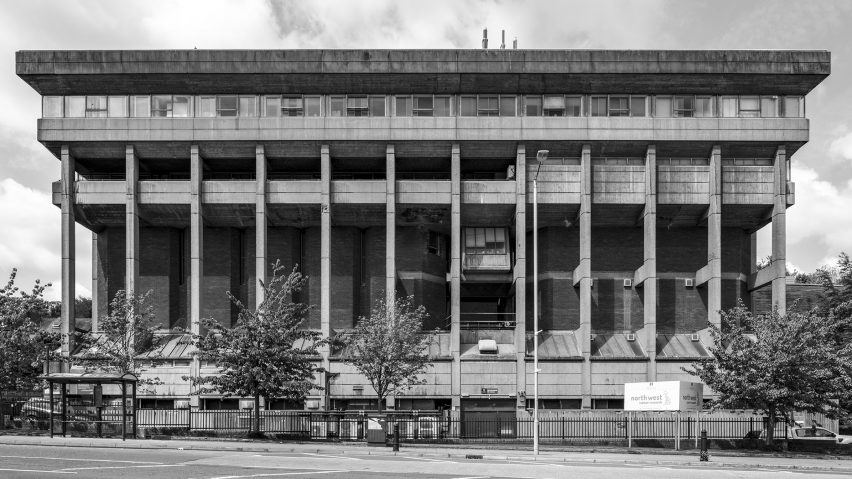
Ten brutalist Welsh buildings with "sculptural qualities"
A crematorium clad in ribbed concrete and a geometric university bell tower feature in this roundup of 10 brutalist buildings photographed by Simon Phipps for his Brutal Wales book.
Phipps' visual exploration of modernism in Wales follows six other publications by the London-based artist capturing post-war architecture in Britain, including Brutal North and Brutal London.
"All of the images in the book are in black and white because that is the way I approach architectural photography," Phipps told Dezeen.
"I'm interested in the sculptural qualities of each building and the ways in which light and shade articulate them," he continued.
Alongside the raw imagery of more than 60 buildings, the book includes an introduction by social historian John Gringrod and an essay by photography professor Mark Durden, with explanatory texts in both Welsh and English throughout.
For Phipps, the book aims to recalibrate the undervalued history of modernism in both a local and international context.
"I noticed a very clear dichotomy between the quality, ambition and vision of the buildings I encountered and the general sense of apathy towards them," Phipps explained.
"There are a handful of Welsh modernist structures that have been listed and recognised for what they are, but so many have been dismissed, neglected, forgotten and even demolished," he continued.
"Post-war modernist architecture contributes to the fabric of our towns and cityscapes. It provides an important stepping-stone between the pre-war period and the modern urban areas we live in today. We ignore it at our peril because it very much adds to the richness of our experience of urbanism."
Read Phipps 10 highlights from Brutal Wales below:
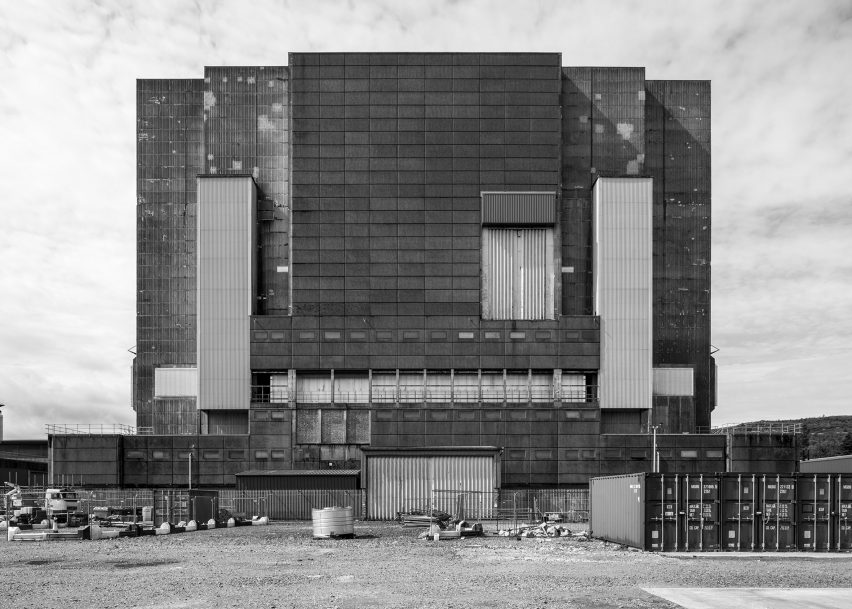
Trawsfynydd Nuclear Power Station, Eryri National Park, by Sir Basil Spence (1963)
"Located on the edge of Trawsfynydd Lake within Snowdonia National Park, this stands as the sole inland nuclear power station in the United Kingdom. Built between 1959 and 1963 according to plans by Basil Spence, Blocks A and B housed the Magnox reactors and were intended to reference the look and feel of medieval castles.
"Remarkably, they do seem to sit as comfortably in the landscape as a nuclear reactor can. Trawsfynydd was decommissioned in 1993 and is currently undergoing a gradual dismantling process, with the goal of restoring the pre-nuclear landscape by 2083."
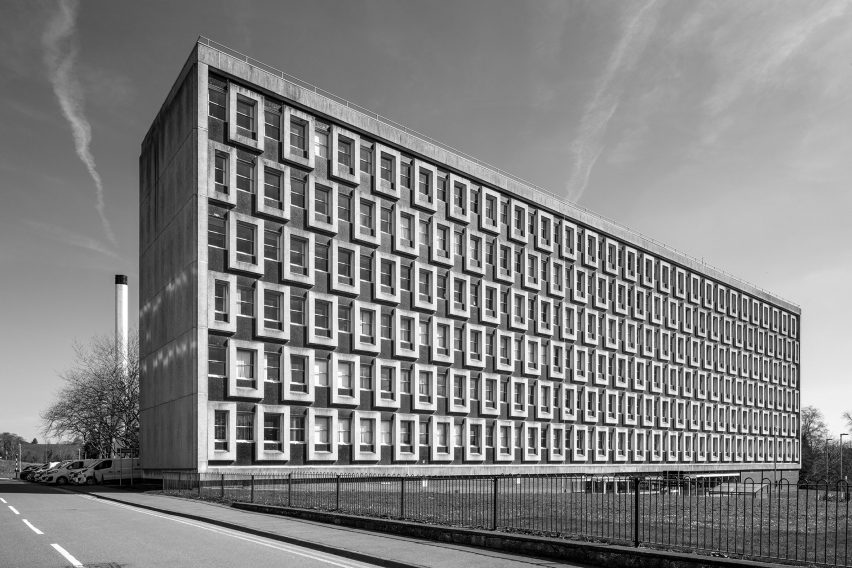
Flintshire County Hall, Mold, by Robert Harvey (1968)
"According to North Wales Live, Flintshire's County Hall has been named as one of the 'biggest eyesores' in the UK. So much of an eyesore that in 2020 the rear wings to the complex were unceremoniously demolished.
"Sitting in the open countryside of Flintshire, the building's elevations are inventively articulated by an alternating grid of heavily cast concrete window apertures, which bring a strong graphic quality to an otherwise minimal facade."
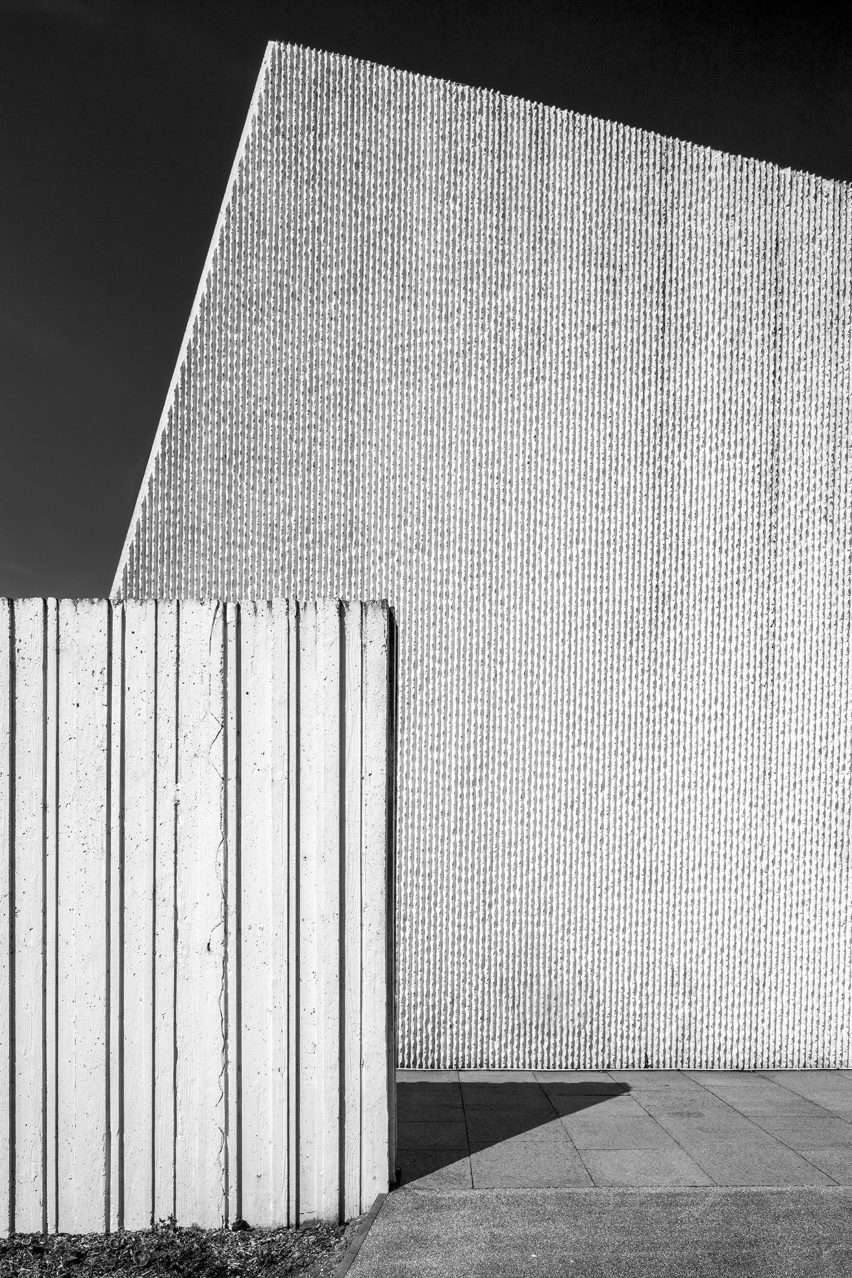
Margam Crematorium, Port Talbot, by FD Williamson & Associates (1969)
"Cremation became a more readily adopted practice in post-war Wales, as conservative attitudes towards funerary that prevailed before the war fell away. The design of crematoria at this time enjoyed a certain freedom from established architectural traditions, leading to the creation of remarkably creative complexes.
"Margam Crematorium in Mid-Glamorgan – by FD Williamson & Associates of Porthcawl – sits in beautifully landscaped grounds and is a stunning ensemble of geometric forms in ribbed, rusticated concrete. The composition is further enhanced by the varied angles of mono-pitched roofs and flashes of intense colour from the stained glass in the chapels."
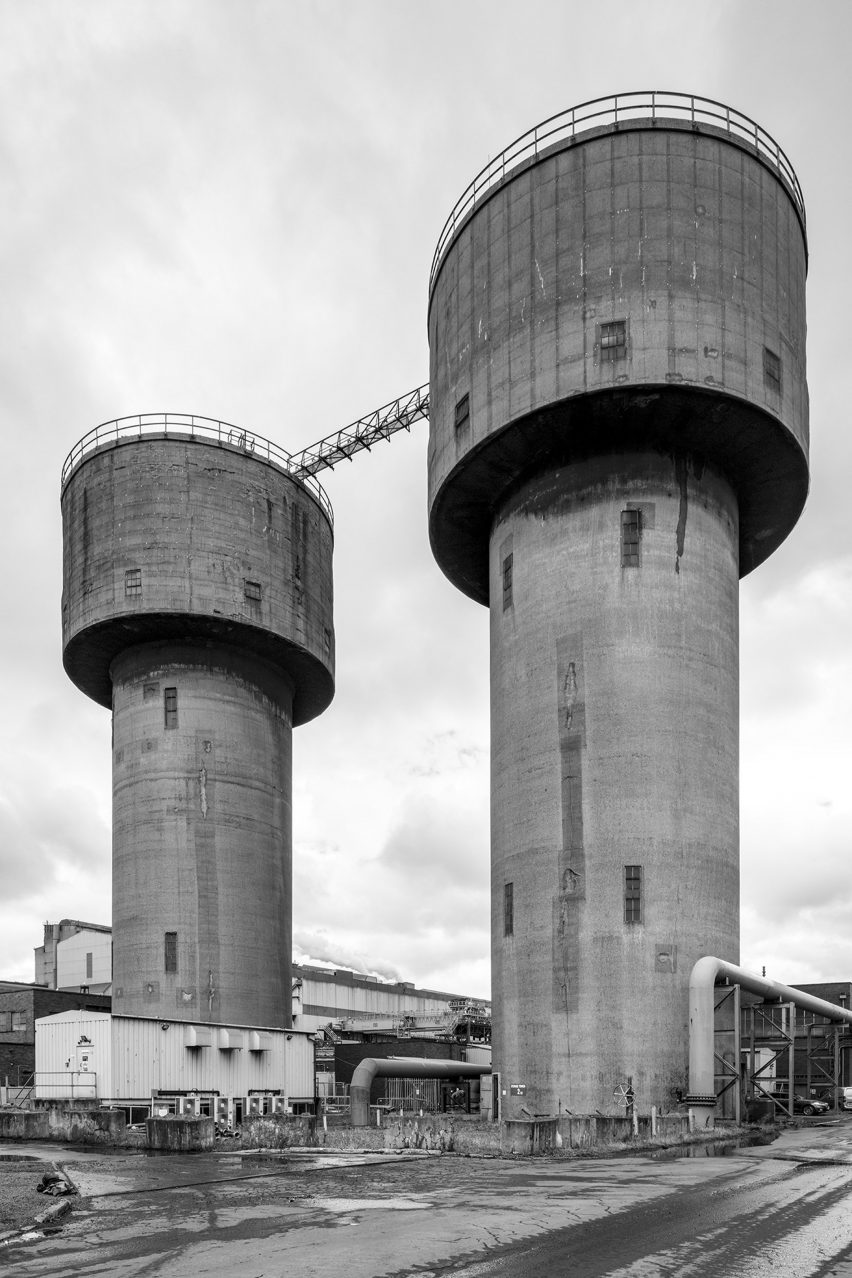
Margam Steel Works, Port Talbot, by Percy Thomas (1951)
"In 1946, the Directors of the newly established Steel Company of Wales enlisted Percy Thomas as their consulting architect and the vast Abbey steel works at Port Talbot were set out to the designs of the Percy Thomas Partnership. This technological giant, a showcase for the newly nationalised heavy industries, came online in 1951.
"The long mills, blast furnaces, new deep harbour, various ancillary blocks, water towers and coke plants of this site exemplified a pioneering approach to industrial architecture, derived from highly functional planning."
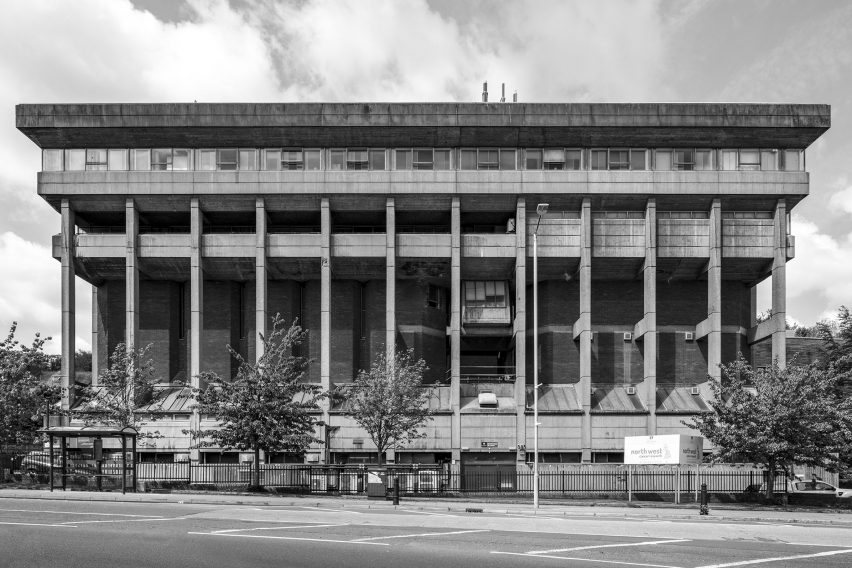
Brambell Building, Bangor University, by Percy Thomas (1969)
"One of only a handful of examples of post-war architecture in a city otherwise full of Victorian stone, the Brambell Building – providing laboratories for the Zoology department of Bangor University – was built in 1969 to the designs of the Percy Thomas Partnership.
"Regular concrete columns stride along the elevations, linking the strong horizontals of its inverted ziggurat form and lending the building a somewhat classical air. The building's design draws stylistic parallels with Boston City Hall (1968) by Kallmann, McKinnell & Knowles, though on a more modest scale, befitting a cathedral city in north Wales."
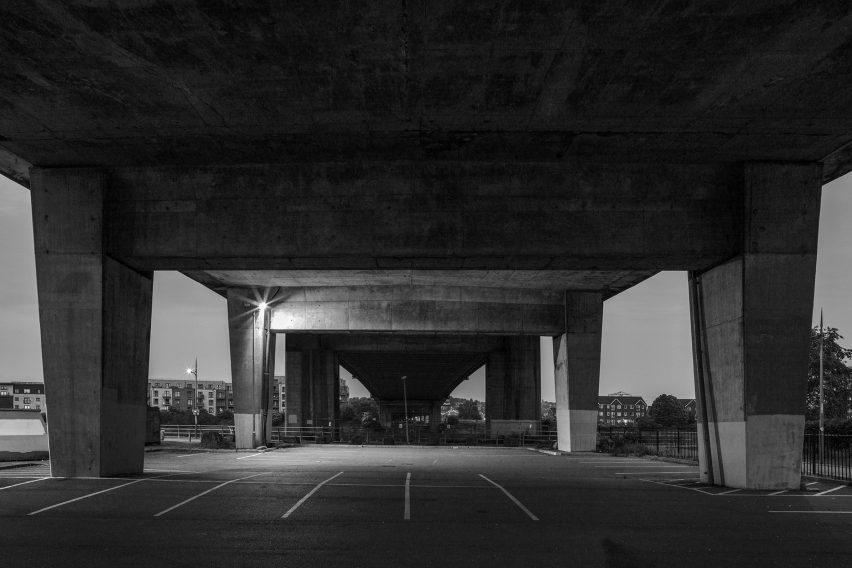
George Street Bridge, Newport, by Mott, Hay and Anderson (1964)
"George Street Bridge – a major civil engineering structure across the River Usk in Newport – was the first example of a cable-stayed cantilever construction bridge in the United Kingdom.
"The structure employs 13,850 feet of galvanised locked coil three inch wire rope. This rope passes through the 165-foot-high concrete towers to the anchor spans below."
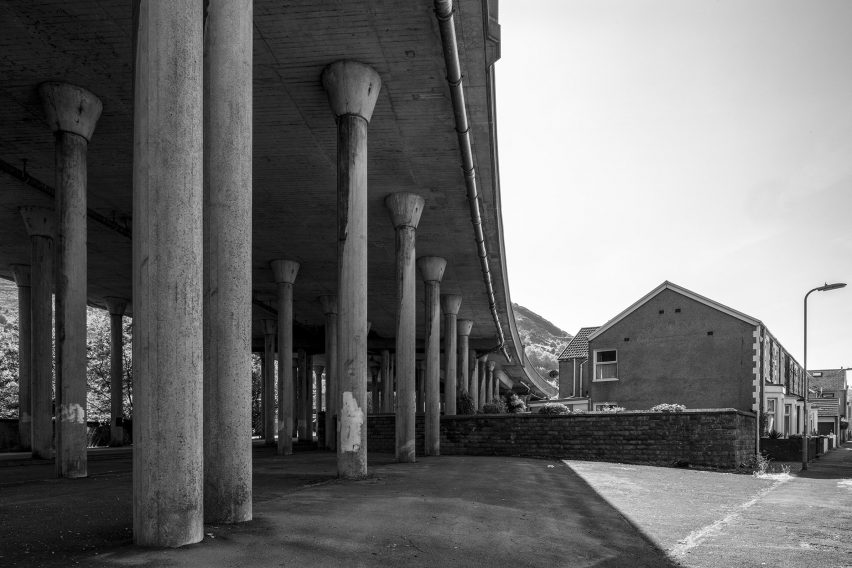
Port Talbot Bypass J39 to J41 (1966)
"Opened in 1966, the 4.5 mile stretch of motorway that forms the Port Talbot Bypass was a major intervention in the urban fabric of the town. Its construction involved the demolition of three chapels and more than 200 houses, so that the motorway could be raised 15 metres above the roof tops.
"Sitting atop serried rows of concrete piloti, the dual carriageway forms a roof and creates the feeling of an extended concrete cathedral below. The cathedral knave slices through the streets and buildings of Port Talbot, forming a continuous and sweeping backdrop that defines the town's visual landscape."
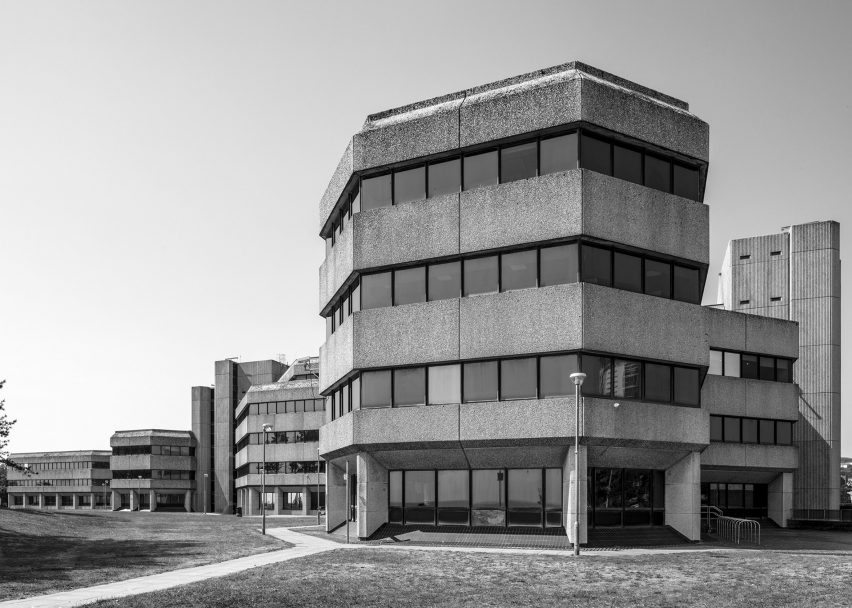
West Glamorgan County Hall, Swansea, by C W Quick (1982)
"Overlooking Swansea Bay, this imposing concrete-framed Brutalist megastructure rises to four and five storeys and features continuous bands of glazing that contrast with deep-washed calcined flint pre-cast panels above and below.
"The council chamber is articulated on the exterior as it projects outwards above the entrance and a series of stair towers form hubs into which the various wings of the building plug.
"The structure's fabric and form were determined by its prestigious seaside location. The interior of the building, characterised by in situ concrete and glinting modernist chandeliers, remains largely intact, adding to its distinctive character."
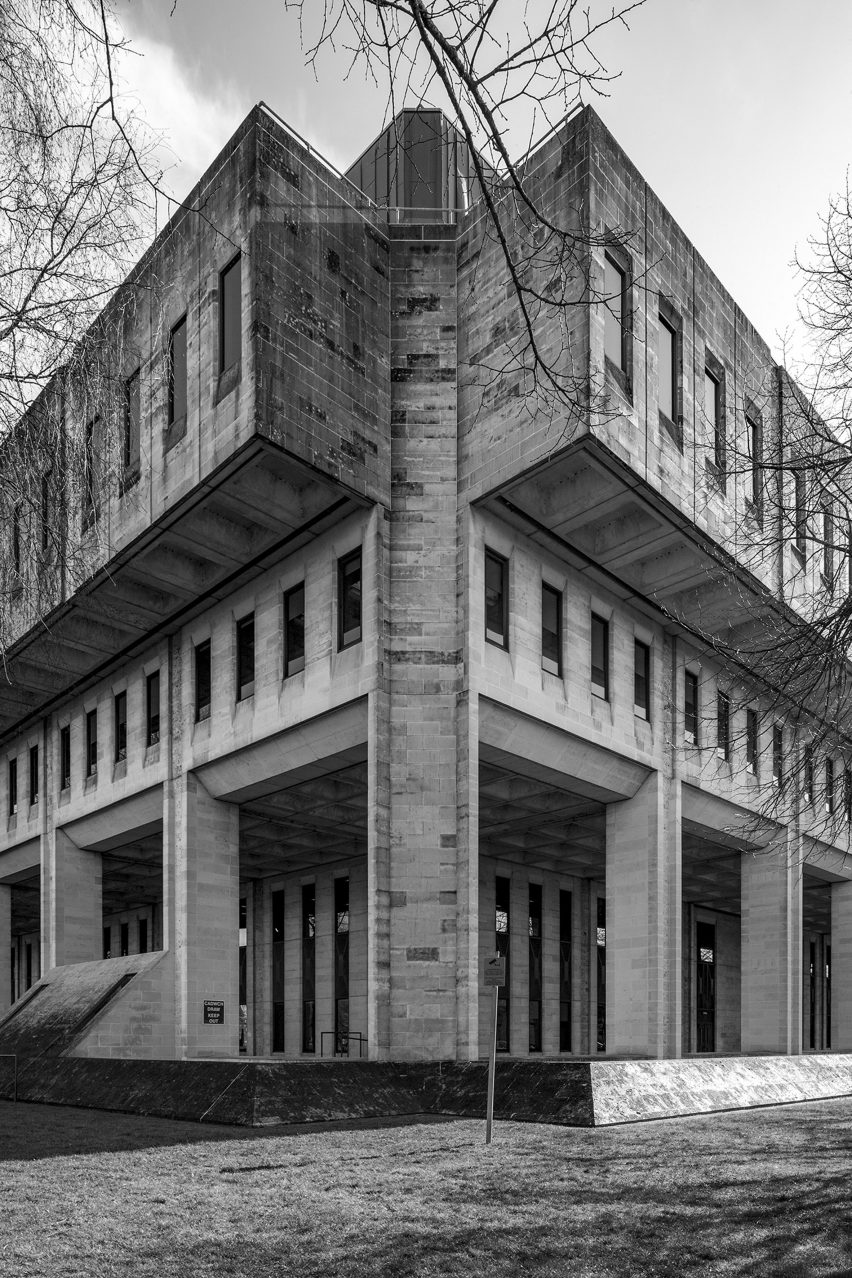
The Crown Buildings, Cathays Park, Cardiff, by Alex Gordon and Partners (1979)
"One of the most renowned post-war government structures, the Welsh Office, or CP2, was constructed between 1972 and 1979, to the designs of Alex Gordon and Partners.
"This building stands as a strikingly monumental addition to Cathays Park, but it also blends with its surroundings by maintaining a consistent height with neighbouring structures. Its overall design pays homage to the massing and outlines reminiscent of contemporary American architecture."
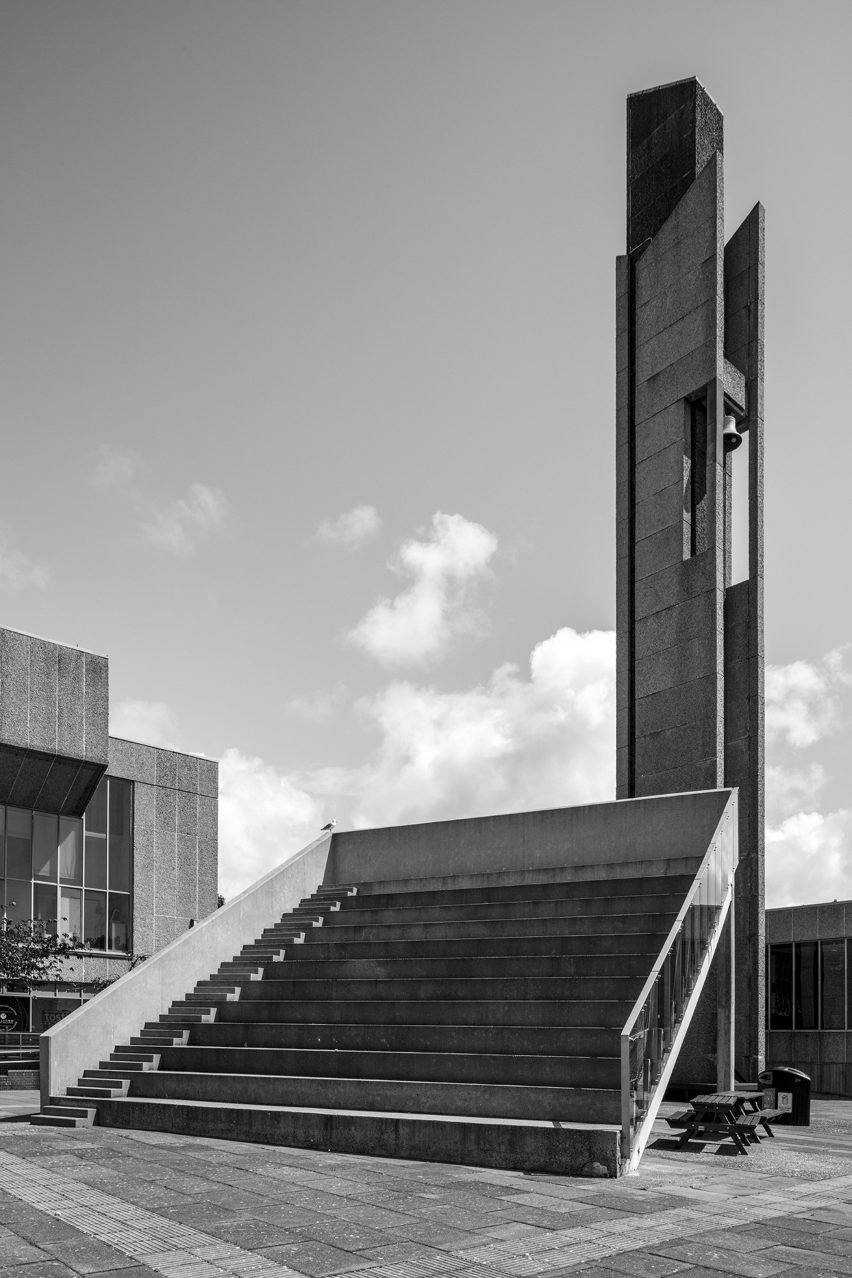
Bell Tower (La Campanile), Aberystwyth University, by Dale Own (1970)
"The Bell Tower or La Campanile is situated on a concourse which also holds the Great Hall and the University Library. Completed in 1970, and designed by Dale Owen, the whole ensemble is arguably one of the Percy Thomas Partnership's finest contributions to the architecture of Wales.
"It was awarded the RIBA Gold Medal in 1972. In 2003, the Bell Tower was joined by 'La Scala', an award-winning sculpture by Ben Pimlott, that functions as both a large-scale artwork, and as seating for formal or informal use."